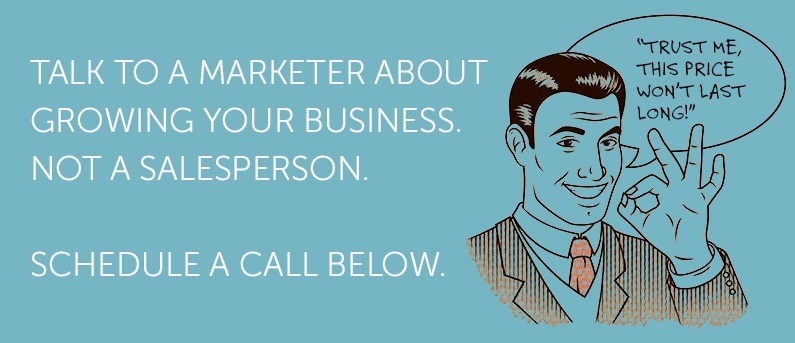First impressions count. Always have, always will. Given that your website is the first impression many people have of your business, it has the difficult job of making a good impact and typically less than five minutes to do it in. Pop-up advertisements have long been recognized as being particularly annoying, but they aren’t the only way to irritate people. Avoid these pet hates for website visitors to make sure you aren’t driving away potential customers in their initial minutes visiting you.
Playing Music or Video Automatically
Nothing is guaranteed to make a user close the browser faster than music or other audio material playing automatically the moment the page loads. It’s probably a great option for your personal site, or if you’re Psy and making a mint out of Gangnam Style’s horse dancing. But most business sites get viewed during, well – business hours, and it’s supremely embarrassing for anyone doing online research in a quiet, open-plan office environment. Particularly if the music is raunchy, so the colleagues don’t realize right away that it’s a business site. Music and video content work very well on business sites, but let the user choose to click Play—don’t do it for him.
Dark as Night
Black and other dark-colored backgrounds might seem exotic, but if you’re selling nuts and bolts or real estate services, aim for something a little tamer. Web usability studies show that the majority of internet users passionately hate dark backgrounds and that fewer than 20% find them readable. Don’t risk losing prospects because you think it’s cool to have a black backdrop. Here’s a shocker: it’s not about what you like, it’s about what works for your website visitors. And what converts visitors to leads and leads into sales.
Broken Links
This probably affects some businesses more than others, but seriously—if you can’t optimize your website design for the user how do you expect to convince prospects that you can help them with their problem? Particularly if you’re in marketing or website design, you simply can’t go telling readers how to do it if you can’t do it yourself. Just this morning, I spent around 30 minutes hunting across the website of one of the big banks (which shall remain nameless) to find out what its routing number was. The reason? The website search option was a dead link. When the search doesn’t work, where do you go from there? Another bank, most likely. You get the drift.
“Hiding” Information
You’ve seen those sites where you click through page after page looking for the pricing, right? Only to find that you have to actually sign up for something before they’ll tell you what their fees are. If your company operates strictly on project estimates, then say so upfront with a message on the home page that says “Contact us for an proposal.” Looking around for information isn’t going to increase your page views, but is very likely to lose you visitors.
If you’re in the type of business that offers standard rates, don’t hide them – make a navigation options that says “Rates” or similar and link it directly to the page where you list your prices. Ditto contact information, which should be up close and personal on every page of your site with the Contact Us page reserved for full address, telephone and email along with that unimpressive contact form that spam forces us to use.
There’s a long list of pet website peeves, including typographical errors, tiny fonts, no social sharing widgets and horrible internet ads. Spare your visitors from encountering them when they come looking for you.
*Image courtesy of freedigitalphotos.net

